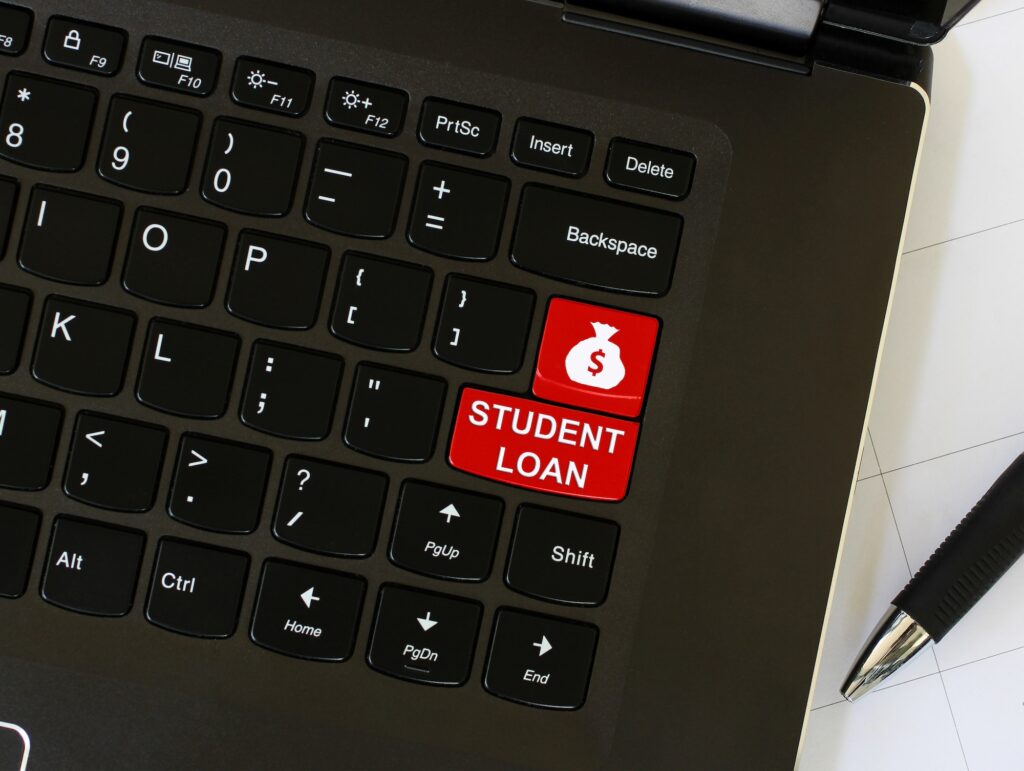Student loan debt is an ever-growing and persistent burden that many college-goers face in today’s society. In fact, it has been reported that nearly 45 million Americans now struggle with student debt. With the average student loan debt across recent college graduates hovering around $37,000, the burden of this debt has become unbearable and can have a negative impact on both their personal finances as well as their overall financial wellbeing. Thankfully, the government is taking steps to alleviate this burden by offering student loan cancellation for millions of borrowers.
Recently, the U.S. Department of Education announced that it will offer up to $20,000 in student loan cancellation for millions of borrowers under the CARES Act. This offer is available for borrowers who attend school at a for-profit college and are unable to make payments on their loans due to the economic impact of the pandemic. Additionally, those with a loan from a closed school or who entered into a Defense to Repayment agreement can also benefit from this offer. This offer could be a potential lifeline for these borrowers, who may have already exhausted their other options for assistance.
The Details of the Program
The CARES Act offers up to $20,000 in student loan cancellation for millions of borrowers who attend school at a for-profit college or had a loan from a closed school or entered into a Defense to Repayment agreement. Under this program, eligible borrowers will have their entire outstanding federal loan balance forgiven. This could be a significant savings for borrowers, who often have to pay both interest and principal in order to pay off their loan.
In order to be eligible for the CARES student loan cancellation program, borrowers must have completed a Free Application for Federal Student Aid (FAFSA) form within the last year and must be able to prove economic hardship due to the pandemic. Additionally, they must be able to demonstrate that they are unable to make their loan payments due to the pandemic.
How to Apply for the Program
Applying for student loan cancellation under the CARES Act is easy and the process is fairly straight-forward. The first step is to fill out a Free Application for Federal Student Aid (FAFSA). This form will help the Department of Education determine if a borrower is eligible for the CARES Act program. Once the form is filled out, borrowers will need to provide additional documentation to prove their economic hardship due to the pandemic, such as proof of employment loss, reduced wages, or other financial hardships.
Once a borrower has provided all the necessary information and documentation, they will then be required to submit an application to their school. Schools are generally responsible for submitting applications on behalf of their students, however, some may require the borrower to submit their own application. Once the application is approved, the school will then submit it to the Department of Education for final consideration.
How Much Money Borrowers Can Receive
The amount of money borrowers can receive through the student loan cancellation program under the CARES Act can be significant. In fact, borrowers can receive up to $20,000 in federal loan forgiveness. This could be a huge savings for borrowers struggling to make payments on their loan due to the pandemic. Additionally, this amount could be even higher if a borrower qualifies for other forms of federal loan forgiveness or repayment assistance programs.
Potential Drawbacks
While this program could be a potential lifeline for many borrowers who are struggling to make payments on their loans due to the pandemic, there are also some potential drawbacks. One of the main drawbacks is that it is only available to borrowers who attend school at a for-profit college or who have a loan from a closed school or entered into a defense to repayment agreement. Additionally, the amount of money that borrowers can receive is limited, meaning that those with larger loans may not benefit as much from this program.
Additionally, borrowers should be aware that receiving loan forgiveness could have tax implications. In some cases, the portion of the loan that is forgiven may be considered taxable income. This means that borrowers may be required to pay taxes on the amount forgiven, which could put a strain on their finances.
Final Thought
The CARES Act offers a potential lifeline for millions of college-goers who have been unable to make payments on their student loans due to the economic impact of the pandemic. With up to $20,000 in federal loan forgiveness, this program could be a huge help for borrowers who are struggling to make payments on their loans. However, borrowers should be aware of the potential drawbacks associated with this program, such as the limited amount of money that can be received and the potential tax implications.
The current pandemic has put a strain on numerous households and the burden of student loan debt only exacerbates this challenge. Fortunately, the U.S. Department of Education is taking steps to alleviate this burden by offering up to $20,000 in student loan cancellation for millions of borrowers under the CARES Act. This could be a potential lifeline for those who are struggling to make payments on their loan due to the pandemic and could help them achieve greater financial freedom in the future.

